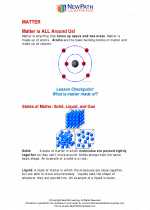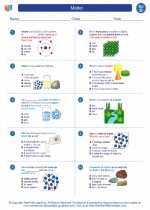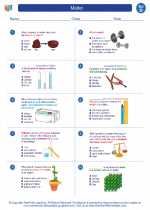Convection
Convection is the process of heat transfer through the movement of a fluid, such as a liquid or gas. This transfer of heat occurs due to the movement of the fluid itself, rather than direct contact with a heat source.
How Convection Works
Convection involves the transfer of heat energy through the movement of molecules within a fluid. When a fluid is heated, its molecules gain kinetic energy and move more quickly, causing the fluid to expand and become less dense. This less dense, warmer fluid then rises, while the cooler, denser fluid descends to take its place. This creates a continuous circulation pattern, known as a convection current, which transfers heat throughout the fluid.
Examples of Convection
Convection can be observed in various natural phenomena and everyday situations. Some common examples include:
- Heating a pot of water on a stove, causing the water at the bottom to become warmer and rise while the cooler water at the top descends to replace it.
- Warm air rising from a heater, creating a convection current that circulates throughout a room.
- The movement of magma within the Earth's mantle, leading to the process of plate tectonics.
- The circulation of air masses in the Earth's atmosphere, influencing weather patterns and climate.
Convection in Earth Science
In Earth science, convection plays a critical role in processes such as the movement of tectonic plates, the formation of ocean currents, and the generation of wind patterns. Understanding convection is essential for explaining the dynamics of the Earth's atmosphere, oceans, and interior.
Study Guide
To better understand convection, consider the following study points:
- Define convection and explain how it differs from conduction and radiation as modes of heat transfer.
- Describe the process of convection and the formation of convection currents in fluids.
- Identify real-world examples of convection and explain the mechanisms behind each example.
- Discuss the role of convection in Earth science, including its impact on weather, climate, and geological processes.
- Explore the applications of convection in technology and engineering, such as in heating and cooling systems.
[Convection] Related Worksheets and Study Guides:
.◂Science Worksheets and Study Guides Fourth Grade. Matter

 Worksheet/Answer key
Worksheet/Answer key
 Worksheet/Answer key
Worksheet/Answer key
 Worksheet/Answer key
Worksheet/Answer key
 Worksheet/Answer key
Worksheet/Answer key
 Vocabulary/Answer key
Vocabulary/Answer key
 Vocabulary/Answer key
Vocabulary/Answer key
